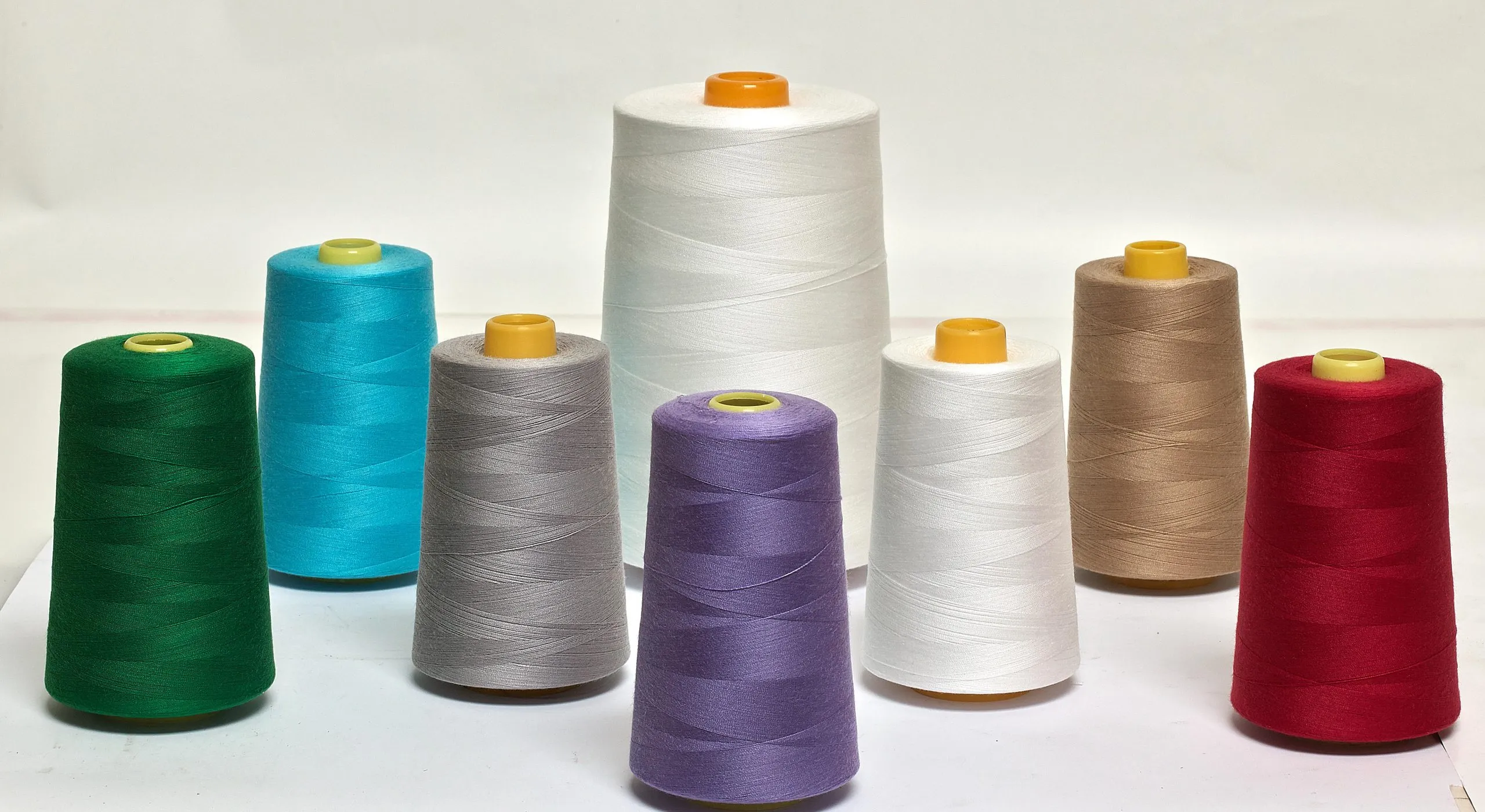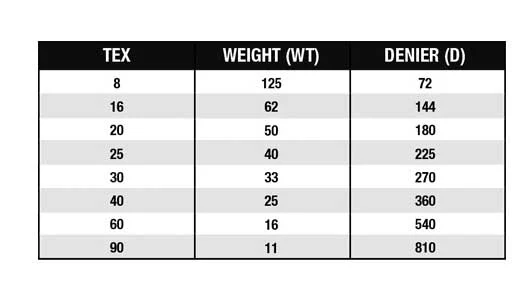
All-day comfort isn’t luck it’s something you can test. With a few simple checks, you can spot itchy fabrics, tight seams, bad breathability, and clothes that lose shape after one wash. Here’s what to look for.
Check the Fabric Tag (Fiber Percentages Matter)
Before anything else, the fabric tag gives you a quick picture of how the garment will feel on your skin. Different fibers handle heat, sweat, and movement in very different ways. By knowing the blend, you can predict softness, stretch, and breathability. This simple step saves you from buying something that feels great for five minutes but uncomfortable all day.

Quick look:
Look at the tag and you’ll see how the percentages predict performance: 95% cotton/5% elastane gives softness plus stretch, while 60/40 cotton/polyester reduces shrinkage and dries faster. A quick look at the fiber makeup tells you almost everything about how the garment will feel and behave.
- Natural fibers (cotton, linen, bamboo, modal, lyocell): breathe well, feel soft, ideal for heat.
- Blends (cotton–spandex, polyester–rayon): stretch better, keep shape longer.
- Synthetics (polyester, nylon): durable, wrinkle-resistant, but may trap heat.
What to do:
Cotton’s moisture regain (~8.5%) makes it absorbent and cool, polyester’s low regain (~0.4–0.8%) dries quickly but can trap odor, and wool (~13% regain) balances warmth and moisture. Use these numbers to match fabric blends to your daily needs movement, sweat, and how often you’ll wash the piece.
- Read the tag and ask yourself: Will this feel good on my skin for 8–10 hours?
- If you sweat easily, avoid high polyester.
- If you want stretch, look for 1–5% spandex/elastane.
Do a 1 – 2 Minute Movement Test
Clothes can look perfect on a hanger, but real comfort shows when you start moving. A short movement test helps you see if the garment pulls, squeezes, or rides up in places you don’t expect. These small signs often become big annoyances during a long day. Trying just a few motions now can prevent hours of discomfort later. Comfort shows itself when you move, not when you stand still.

Try these quick motions:
Do a 1–2 minute routine: raise your arms overhead, cross them in front, bend forward, take a long stride, then sit and stand. Try 5–8 reps of each motion and watch for pulling at seams, gaping buttons, or hems that ride up more than 1 inch (2.5 cm). If any action restricts you or the fabric strains visibly, the garment won’t stay comfortable through an active day.
- Sit and stand several times
- Raise your arms overhead
- Bend forward like tying your shoes
- Walk a few steps with longer strides
What to look for:
Look for design elements that limit motion: very high armholes, narrow shoulders, short rise, tight cuffs, heavy trims, or missing gussets. For everyday pieces aim for 2–5% elastane in the blend; activewear benefits from 7–10% or four-way stretch. If the shoulder seam sits off the edge of your shoulder or zippers pull when you reach, the cut is working against your movement. Check specific trouble spots: put hands on hips and reach forward button gaps over 5 mm or seams that pull are red flags. Also inspect pocket placement and decorative hardware that press into you when you sit. Finally, feel the interfacing at collars and plackets; stiff structure can block natural motion even when the fabric itself stretches.
- Waistband digging in
- Shoulder pull or tight chest
- Thigh friction
- Fabric riding up
- Gaping buttons
If you feel discomfort now, it will feel worse after a full day.
Inspect Stitching, Seams, and Pocket Placement
Even a soft fabric can feel irritating if the inside construction isn’t smooth. Bulky seams, rough threads, or awkward pocket positions can rub your skin and create pressure points. These details are easy to miss when you’re only looking in the mirror. By checking them early, you make sure the garment feels gentle and balanced as you move. Even the softest fabric can feel awful if the seams are bulky or placed wrong.

Check for:
- Thick seams rubbing your inner arm, underarm, or inner thighs
- Rough threads or exposed edges
- Back-pocket placement causing pressure when sitting
- Raised embroidery that irritates the inside
- Front pockets that bunch up or create friction
Run your hand along the inside it should feel smooth and flat.
Test Breathability and Odor Control (If You Can Wear It Longer)
A garment can fit well but still feel hot or stuffy after a few minutes. Breathability is what keeps you comfortable when the day gets busy or warm. Testing how the fabric handles airflow and sweat helps you avoid sticky or smelly situations later. This step is especially important if you live in a humid climate or move a lot during the day. Some stores let you try an item for a bit longer, or you can walk around the mall wearing it over your clothes.

Signs the fabric breathes well:
- No stuffy or sweaty feeling after a few minutes
- Skin doesn’t feel warm under the fabric
- Airflow feels natural when you move
For odor control:
- Natural fibers + modal/lyocell blends usually perform best
- High polyester tends to trap sweat smell
Think Ahead About Care and Shape Retention
Comfort also depends on how the garment behaves after washing. Some fabrics shrink, lose their shape, or become stiff if they need special care. Looking at the care label gives you a sense of how much work the garment will demand. This helps you choose pieces that stay comfortable wear after wear. Comfort also depends on how the garment behaves after washing.

Check the care label:
- If it says “dry clean only,” ask if the hassle is worth it
- If it warns about shrinking, expect tighter fit later
- If it needs gentle wash, be sure it suits your routine
Test for shape:
- Gently stretch the fabric with your hands
- Release and see if it snaps back
- If it stays loose or warped, it may sag during the day
For Online Purchases: Protect Yourself
When shopping online, you can’t touch the fabric or try the item on, so every detail matters. Clear fiber information, size charts, and real customer reviews help fill in the gaps. These clues tell you how the garment fits, stretches, and performs in real life. Prioritizing reliable sellers protects you from getting stuck with uncomfortable clothing you can’t return. You can’t touch or test the item so make the website work for you.

Look for:
- Clear fabric breakdown (not just “poly blend”)
- Photos of seams, inside details, and stretch
- Buyer reviews mentioning comfort, sweat, or sizing
- Flexible return/exchange policies
- Size charts with actual measurements, not just “S/M/L”
If a brand hides fiber info or return terms, that’s a red flag.
Final Thoughts: A Simple Rule
Hence you can choose garments that stay soft, breathable, and comfortable all day by checking fiber content, testing movement and seams, and confirming care instructions and breathability before buying; when shopping Mekong Garment Vietnam, prioritize blends and constructions that move with your body, verify size and return policies for online orders, and pick pieces that retain shape after washing so your clothes work for your routine, not just your wardrobe.
FAQs About How to Choose Clothes That Stay Soft, Breathable, and Comfortable All Day
In short, How do I know if a fabric will stay comfortable all day?
Fabric type affects heat, breathability, softness, and how your skin feels after hours of wear. Natural fibers like cotton, bamboo, modal, and lyocell let air move through easily, so your skin stays cool and dry. Blended fabrics with a little spandex help the garment stretch with your body, making long wear more comfortable. If a fabric is mostly polyester, it may trap heat and sweat, making it feel sticky or heavy later in the day.
How can I tell if the fit will still feel good after long wear?
A quick fitting-room moment often hides real discomfort. When you move, different parts of your body stretch the garment in ways standing still cannot show. Doing a short movement test sit, squat slightly, lift your arms, and bend forward helps reveal tight spots, fabric pulling, and pressure points. If something feels even a little uncomfortable now, it will likely feel much worse after 8–10 hours.
Should I worry about seams and stitching?
Yes, because seams sit directly against your skin and can rub all day long. Thick seams under your arms, around your thighs, or along your shoulders can create irritation, redness, or even small burns in hot weather. Rough threads or poorly finished edges can scratch you the entire time you wear the garment. Gently checking the inside with your hand helps you find hidden issues before buying.
How do I test breathability in the store?
Breathability affects how hot and sweaty you feel. A simple air-blow test shows how easily air passes through the fabric if you can blow air through it without much effort, it’s likely to stay cool on your skin. Wearing the garment for a minute or two also helps you sense if heat builds up quickly. Fabrics that trap heat will feel warm almost right away.
How can I check for potential odor issues?
Odor control matters if you sweat or move a lot during the day. Fabrics that allow air to circulate, like cotton, modal, and lyocell, usually handle sweat better and smell fresher longer. Polyester and nylon, while durable, often hold onto sweat and odor because they don’t breathe well. If you know you’ll be active or in warm weather, choosing breathable materials helps prevent unwanted smells.
Why does pocket placement matter for comfort?
Pockets add layers of fabric, and those layers can press against your skin when you sit or walk. Back pockets on pants can hit the wrong spot and cause discomfort, especially if you carry items like a phone or wallet. Front pockets can bunch up and create friction near your hips or thighs. Checking pocket thickness and placement ensures the garment supports your movement instead of fighting it.
How do I know if the garment will hold its shape after washing?
Some fabrics stretch out and sag after the first wash, making them less comfortable and less flattering. By gently stretching a small section of the fabric with your fingertips, you can see whether it bounces back or stays loose. Good fabrics return to shape quickly, meaning they’ll stay supportive all day. Loose or floppy fabrics tend to lose form and feel baggy after a few wears.
Are washing instructions important for comfort?
Yes! clothes that shrink or stiffen after washing become uncomfortable fast. If the label says “hand wash only” or alerts you to shrinkage, the fabric may tighten or change shape after care. Some delicate fabrics feel soft at first but lose smoothness over time if washed too harshly. Choosing items that match your usual laundry habits helps them stay comfortable for months, not days.
What should I check when buying clothing online?
Online shopping means you can’t feel the fabric or test the fit yourself. That’s why clear fiber percentages, real customer reviews, and detailed product photos are so important. Look for photos showing the garment stretched, close-ups of seams, and reviews about breathability and comfort. Also, a good return policy acts as your “safety net” in case the item feels different in real life.
Is it normal for clothes to feel slightly tight when new?
A small amount of snugness is normal, especially in stretchy garments, but it should never feel restrictive. If the waistband digs in, if your shoulders pull, or if you can’t take a deep breath comfortably, the discomfort will get worse over time. Clothes should feel relaxed and flexible when you move. If you start feeling pressure during a short try-on, skip it.
What’s the quickest test to avoid buying uncomfortable clothes?
Do the 1 – 2 minute movement test. This short routine sit, stand, reach, bend, and walk exposes issues that you might miss while standing still. Tightness, rubbing, or pulling will show up fast. If the garment passes this test without discomfort, you’re much more likely to enjoy wearing it all day.


